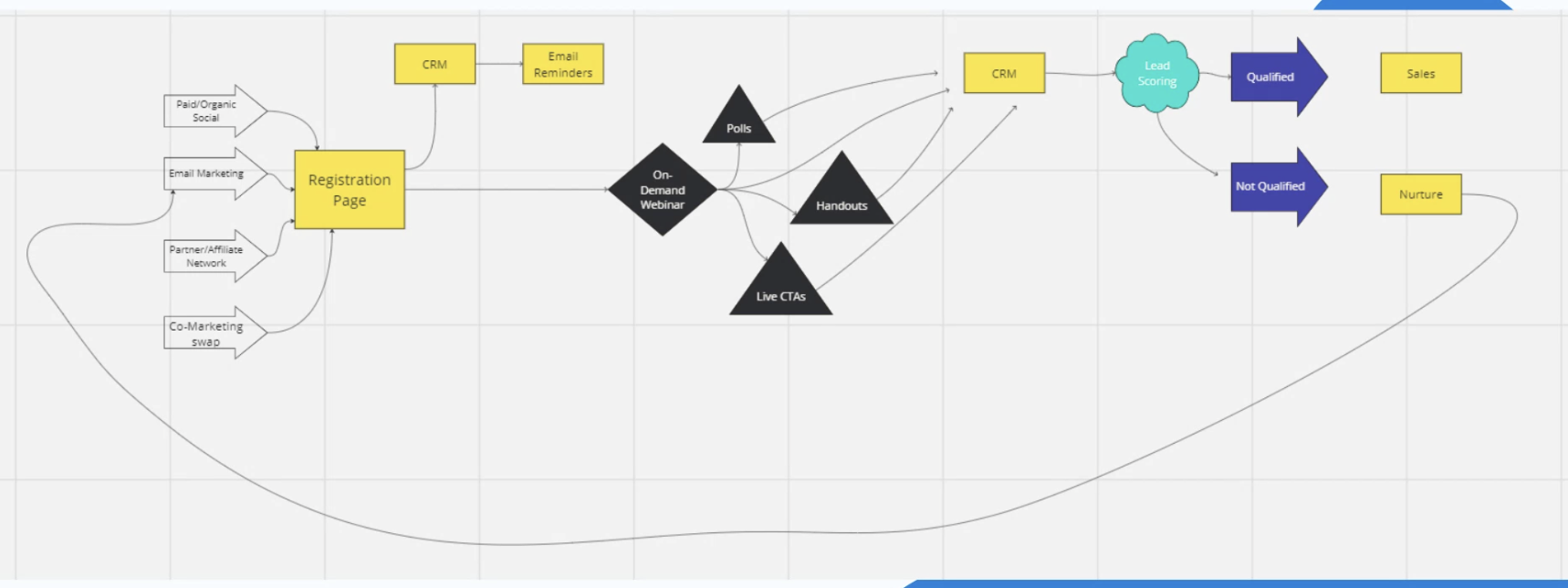During the Women in Revenue HUG event on June 22, 2023, we chatted with JP Zangre, Evan Dunn, and Nate Roybal of Syncari on having connected data systems for product-led growth and how to get product data into HubSpot.
Introduction
Product usage data and product-led go-to-market strategies have become key buzzwords in the business world. However, there is often confusion surrounding these terms and how they can benefit organizations. In this blog post, we will dive into the world of product usage data, explore the concept of product-led go-to-market, and discuss the challenges and opportunities involved. Let's begin!
Understanding Product Usage Data
Product usage data refers to the user data collected through product event tracking. This includes tools such as Segment, Mixpanel, Amplitude, and Pendo, as well as custom event-tracking scripts in apps and SaaS tools. It has become a catch-all term for user behavior and activity data that organizations collect and analyze to improve their product experience.
The Evolution of Product Analytics
Traditionally, product analytics tools focused on improving the mobile app or SaaS app experience. UX analysts were dedicated to analyzing user behavior and optimizing the user interface. These tools provided charts and graphs within their platforms to help organizations understand feature adoption and user engagement. However, the data often stayed within these tools or was transferred to a data warehouse for analysis using business intelligence (BI) tools like Looker.
The Challenges of Collecting and Analyzing Product Events
One of the key challenges lies in collecting and analyzing product events, which are specific user actions or activities within the product. These events are crucial for gathering meaningful product usage data. However, they are often difficult to define, instrument, and align with go-to-market requirements. Collaboration between data teams, analytics teams, and go-to-market functions like marketing, sales, and customer success is essential to ensure the right events are tracked and utilized effectively.
The Pitfalls of Traditional Approaches
Historically, the process of collecting and utilizing product usage data has been slow, expensive, and intimidating for go-to-market functions. The data often gets siloed within product analytics tools, and accessing and integrating it with other systems becomes a cumbersome task. This results in a lack of real-time insights and hampers agile decision-making.
Embracing Product-Led Go-to-Market Strategies
Product-led go-to-market (PLG) is a strategy that puts the product at the forefront of the go-to-market approach. It leverages the product's value and user experience to drive customer acquisition, activation, and retention. By aligning go-to-market efforts with product usage data, organizations can gain valuable insights into user behavior and preferences, leading to more effective marketing, sales, and customer success strategies.
The Role of Cross-Functional Collaboration
Launching and managing a product-led go-to-market project requires close collaboration between different teams. Marketing, sales, customer success, product, and data teams must work together to define and track the right product events, ensuring they are aligned with the goals of go-to-market initiatives. This collaboration drives innovation in documentation and definitions, helping teams build a unified understanding of product usage data.
Benefits of Leveraging Product Usage Data
Effectively utilizing product usage data offers several benefits for go-to-market functions:
-
Enhanced Customer Understanding: Product usage data provides deep insights into user behavior, enabling organizations to better understand customer needs, pain points, and preferences.
-
Improved Personalization: With a clear understanding of how customers interact with the product, organizations can deliver personalized experiences, tailored messaging, and targeted offers.
-
Streamlined Sales and Marketing Efforts: Product usage data allows sales and marketing teams to identify high-value prospects, prioritize leads, and create data-driven campaigns that resonate with potential customers.
-
Enhanced Customer Success: By analyzing product usage patterns, organizations can proactively address customer issues, identify upsell and cross-sell opportunities, and drive customer satisfaction and retention.
Conclusion
Product usage data and product-led go-to-market strategies are transforming the way organizations approach customer acquisition, activation, and retention. By leveraging the power of product events and aligning go-to-market efforts with user behavior insights, businesses can deliver personalized experiences, streamline sales and marketing efforts, and enhance customer success. Embracing cross-functional collaboration and innovative approaches to data collection and analysis will pave the way for success in the product-led era.



